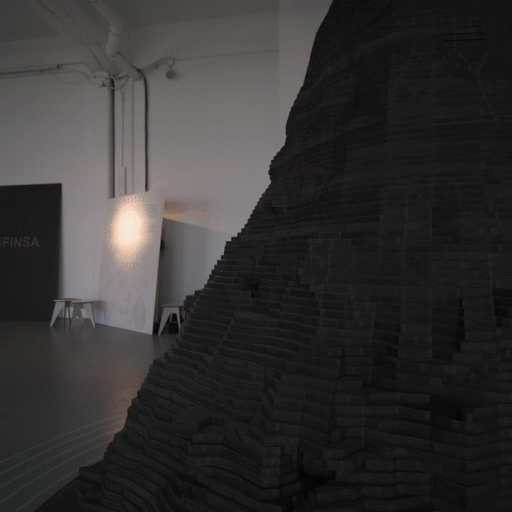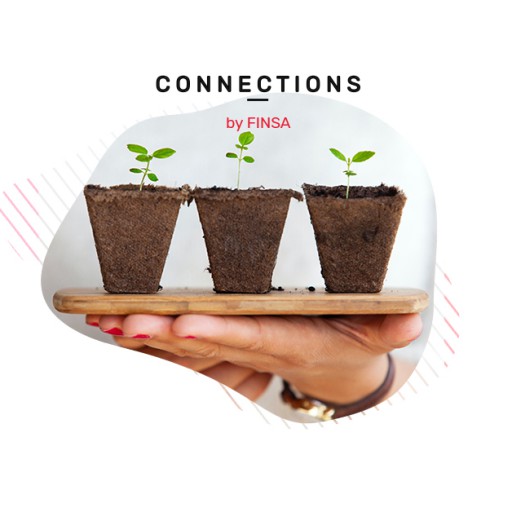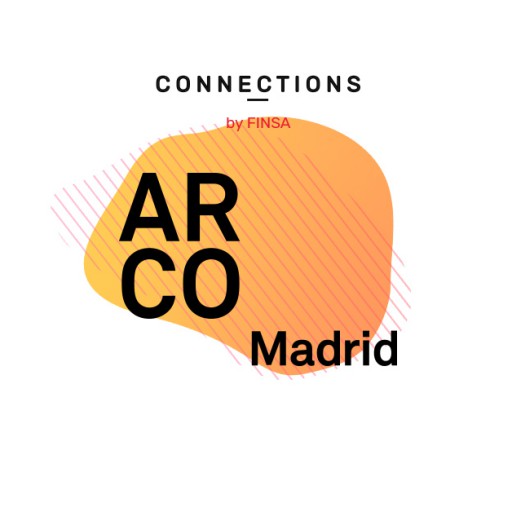Do you touch your ideas? Do you taste them? We present you the creative process of some professionals in different areas of expertise – a mixologist, an architect expert in gastronomy, a composer and an oenologist – to make you connect new universes through the sensory nervous system.
The creative process connects very different elements until it gets to the ideas. “In order to create we benefit from readings, fragrances, textures, people… I assume this area of knowledge is a bunch of stars stored in a firmament and when they join together, they form constellations, it is to say, projects that get through at the right moment”. This is the understanding of Antonio Marquerie, architect and director of the International Mediterranean cuisine Chair of the UCAM-Murcia.
The sensorial, the work of the creative muscle through senses, helps some constellations to shine more than others when it comes to realize our ideas. To stimulate perceptions remotely connected with our area of expertise will help us open new approaches and points of view.

Marquerie knows what one can learn when introduced to areas indirectly related to his, because he draws on his training in Gastronomy and Architecture “on an alternating and balanced basis, since both disciplines feed and nourish the senses”, he clarifies. On one occasion, thanks to a meeting on nature and architecture, Marquerie tried to explore touch and fragrance in the architectural design with 25 professionals: “We went out for a walk, in order to identify a rock, a smell… what we feel characterized by”, he specifies. This brainstorming of sensations generated a pomace developed by this shared collective memory. “In this case, from the ideas, a gastronomic product arose, but the process is the same for a piece of art or a building”, he summarizes.
Beverages that transport us: the creative process
From gastronomy to mixology, the Armenian Gegam Kazaris also applies sensoriality by granting the utmost importance to the sense of smell. When he busts through his cocktails, he enhances the smell’s capacity to “transport us in time and space”. Kazaris remembers the roses of his childhood, the ones his grandmother made jam with and he specifies that “every person can remember moments just with aromas”. The mixologist assures that 85% of the taste perception depends on olfactory skills. He clarifies that the creative process of a cocktail involves the vision and the perception of the texture, well in its completion – “nothing to do with the concept of decorating a dish” he criticizes -, “the wood, the macerations, the warmth, the freshness and even the dishware have an impact on the final perception of your embodied idea… Because the cocktail is not a shot, it is making your senses travel to a place”, he concludes.
Pepe Mendoza, oenologist and winegrower, also talks about shots and sensory creative processes. He states that we are not aware “of all the elements that surround us and have an impact on our perceptions”. In the case of natural wine – the non-industrialized one – the tidal action, the atmospheric pressure or the moon phases alter the tasting: “it can earn narrow qualities of greater freshness or bitterness… we can see that based on these qualities, we sense a completely different wine every time”.
Those are the conditions to take into account when it comes to create “wines that teleport”, something Mendoza considers to be possible only “out of the brand of industry, thanks to small-scale producers”. According to him, your visual, olfactory and auditory senses are all part of the enjoyment process in the tasting and selection; “from how the wine drops, its trickle, to the density of the glass”.
Mendoza provide the materials with relevance, in particular the way the texture makes the oxidation of the product possible according to the type of wood and its processing in the development of the barrel. The vanilla taste, the coconut… we owe it to the American oak, while the French oak highlights the fruit flavor”, he specifies. Gegam Kazaris, who honors the mystical sense of the Palo Santo infusion and enjoys the centennial tree on which he built his mixology space, also speaks about the wood: “to come up with it from the same piece, from the entrance to the restrooms, fortifies symbols of unity, family, hospitality…”.

Interestingly, the use of materials is one of the concerns of Luis Ivars, composer nominated to the Goya awards. “The interaction with the means, what you eat… it is all about creation” He explains how during the musical process he needs a temple, a site where he can materialize the sounds. “You cannot separate the music from the material sensations, as the low frequencies help us be on earth, while the acute ones rise us to the sky”, he says. In order to explain his application of sensoriality to the creative process, Ivars goes back to the moment when he was particularly stuck, when “something absolutely virtuous helped me: two pieces of wood that made me get back in touch with nature, the tribe”.
Hearing, vision, taste, smell, touch in gastronomy, mixology, oenology and music. Now that you saw these creative practices, why don’t you try connecting your senses to wake your creativity up? To help you, we suggest that you use these mood-boards.




